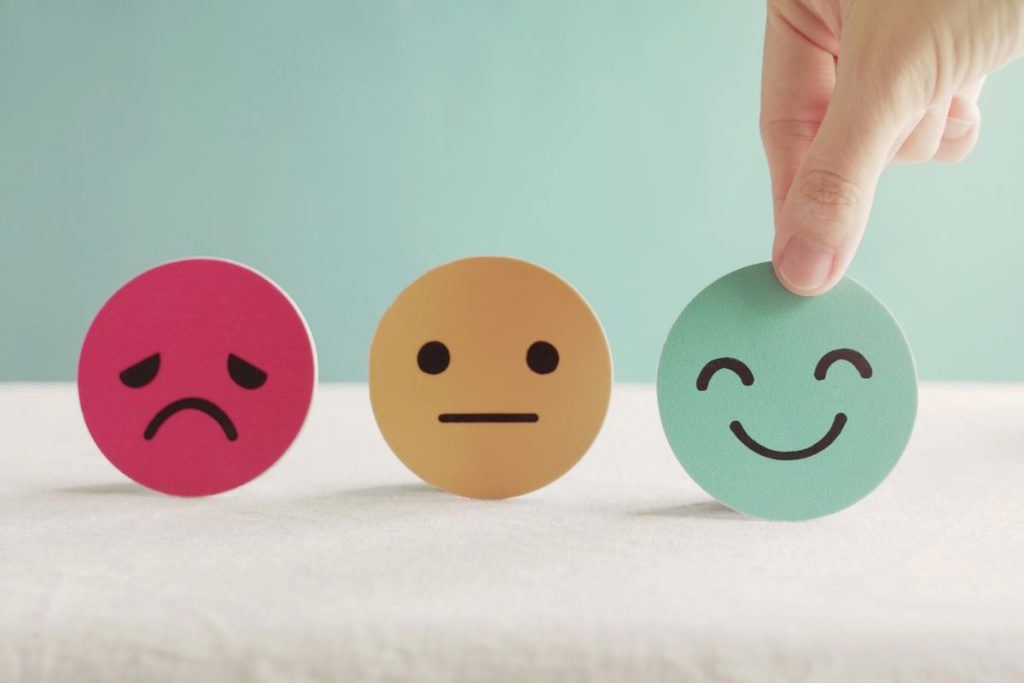
A team of researchers at the Medical University of South Carolina have discovered a cellular process that naturally protects the brain following an injury.
Brain injuries are common in sports and the military and can cause long-term health problems. While some people go on to live a healthy life following brain injury, in others it can lead to brain disease.
People with TBIs can develop chronic traumatic encephalopathy, a progressive type of dementia with no known cure.
In fact, brain injuries are the number one risk factor for neurodegenerative brain diseases, such as Alzheimer’s disease or other dementia.
Study lead, Onder Albayram, Ph.D., believes this is because the recovery mechanisms in the brain may not be functioning well for some people.
After concussions, damaged brain tissue builds up in the part of the cellular compartment called the mitochondria, he explained. This accumulation of damaged tissue prevents the mitochondria from functioning well, leading the brain cell to die. To repair itself, the brain can vacuum up the damaged mitochondria in a process called mitophagy.
The protein p17 has been shown to play a small but unique role in mitophagy in other parts of the body.
Triggered by stress, the p17 protein transports important enzymes to the cell, flags the damaged tissue and initiates the healing process of mitophagy. Albayram and his team wanted to find out if p17 played a similar protective function in the brain.
Protein p17
In the study, the team demonstrated that protein p17 does indeed play a crucial role in protecting the brain after repeated concussions.
When researchers removed p17 in the brain cells of mice, they developed secondary disease after injury. Albayram and his team then tested a therapeutic approach for secondary brain disease.
The team created an analogue drug that artificially triggered the restorative process of mitophagy in mice. Administering this drug to mice healed most of their brain disease.
To test their findings clinically, Albayram and his team examined postmortem human brains with and without long-term brain disease from concussions. Albayram was surprised to find that protein p17 levels were notably lower in the brains with disease. This outcome confirms what the team discovered in preclinical models – that protein p17 plays a small but mighty role in how the brain protects itself from disease.
Protein p17 could be a target for future treatments that protect the brain after concussions and prevent long-term health consequences.
Because researchers were able to trigger this recovery process in a preclinical model, a future goal is to develop similar drug treatments for humans. Yet, beyond just traumatic brain injury, these findings could inform how we treat brain disease broadly.
Albayram encourages brain scientists not to reinvent the wheel. Just as vaccines boost the natural protective properties of the body to fight viruses, we can improve the recovery properties of the brain to fight disease.
“We can help the brain to cure itself,” said Albayram.
The study has been published in PNAS Nexus.








